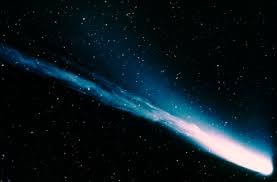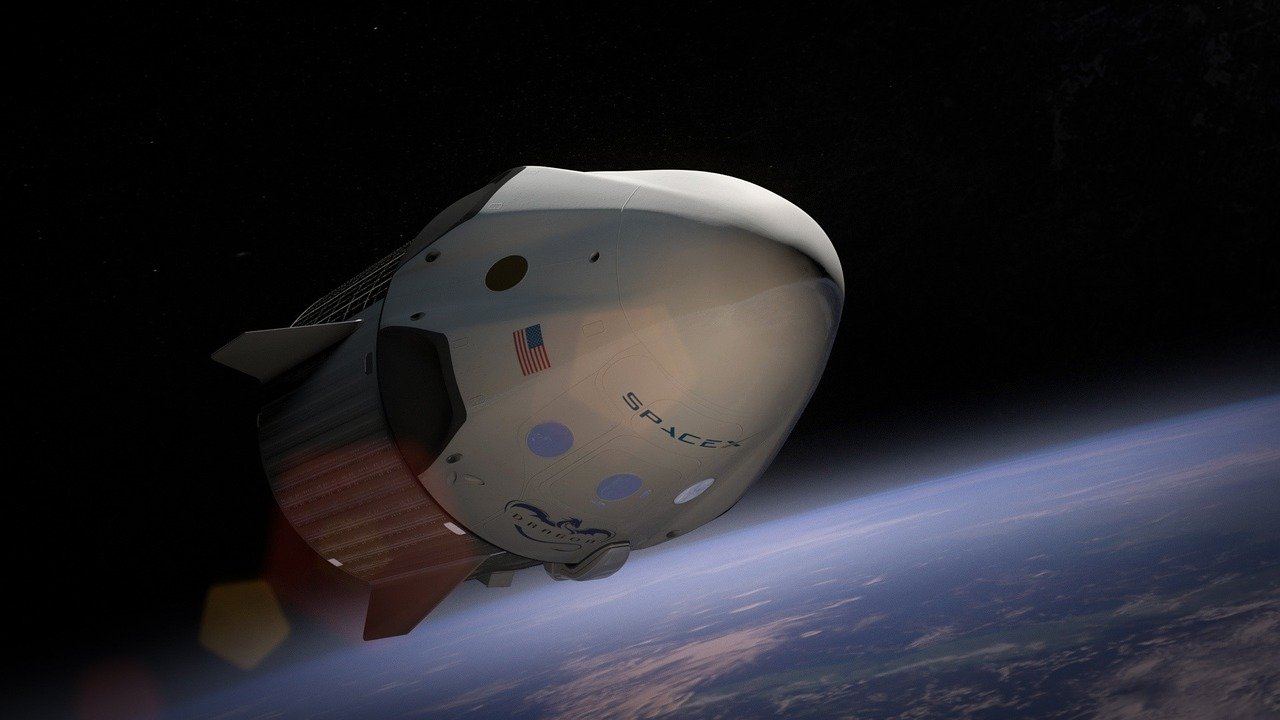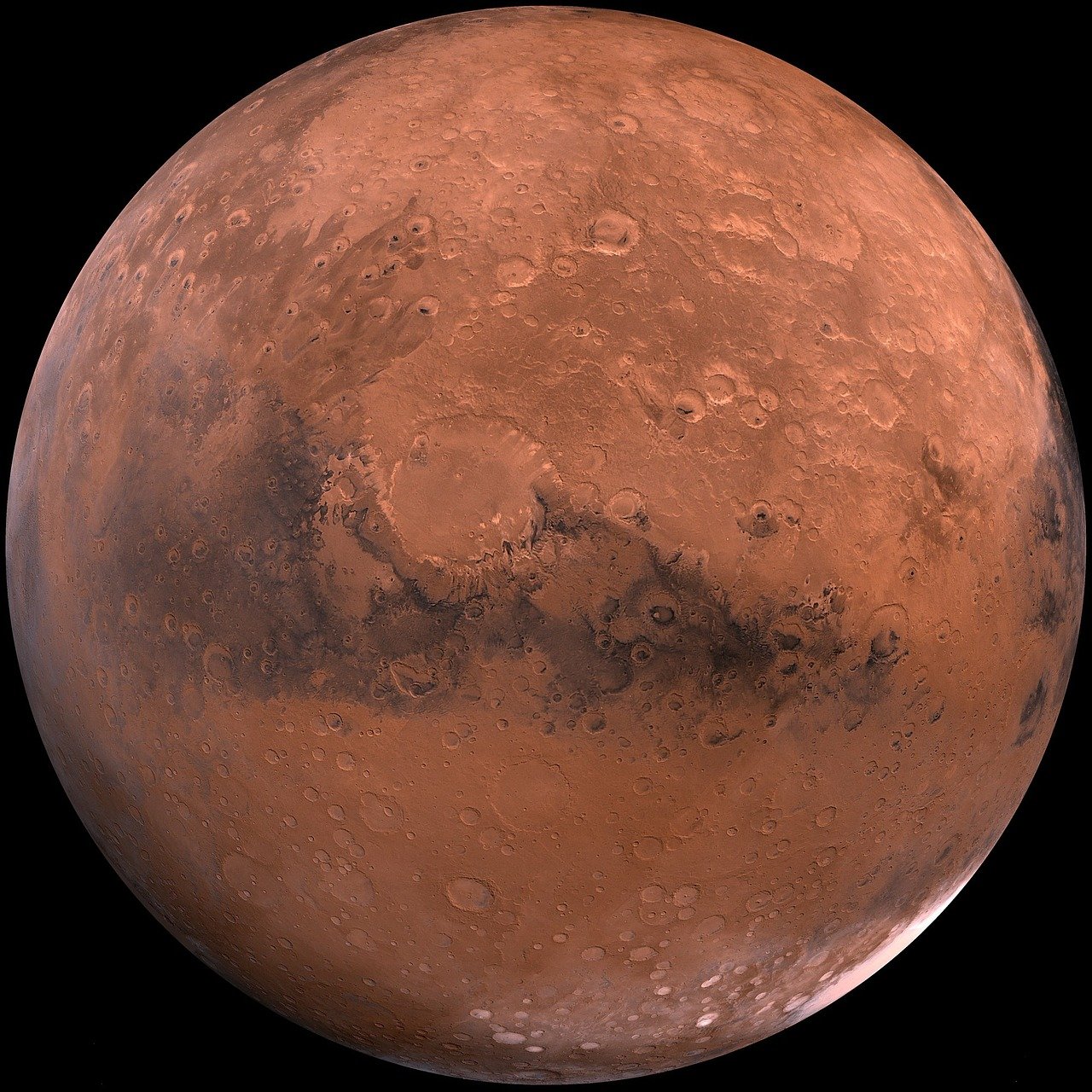I got myself a 3D printer for a Christmas gilt. Well actually, my wife bought it as a gilt but I specified the type and where to buy it from. Before you get all hissy, she specifies her jewelry gifts for me to buy for her so it is a two-way street. The printer I got is an Ender 3 Pro for the 3D printing cognoscenti. For everybody else, it’s possibly the most popular 3D printer at the moment because of its price and capability. I’m pleased with it and I have been busy making things to try it out.

“So what is a 3D printer and why did I want one?” I hear some of you say, well it’s a device that produces 3D objects from a computer modeling program. For most hobby-grade 3D printers it does this by melting plastic string to make the object. The plastic string comes as a reel that is mounted to the printing machine. The string, or filament as it’s properly called, is fed into heated nozzle where it is transformed into a molten thread. This thread is then placed onto the surface of a platform or platen that is moved from front to back by the computer. The nozzle is mounted so that it can be moved from side to side and up or down, also under computer control. By drawing a two-dimensional slice of the object being built onto the platen, then lifting the nozzle up a little bit before drawing the next slice on top of the first, the 3D object can be made, slice by slice.
These printers are used by hobbyists for fun projects. I wanted one to make parts for my model planes and model boats. Simple parts that cost a lot to buy and are hard to find. 3D printers are also used professionally to produce prototypes of new products for consumer testing or complex parts for high technology industries. More complex 3D printers are used to produce prosthetic limbs and other complex structures.


Specialized printers produce sintered metal objects such as jet engine compressor blades. SpaceX makes parts for their rocket motors using a metal deposition 3D printer. Other printers use a bath of metal powder and a laser to produce the 3D print. Yet others use a bath of liquid monomer chemical and a laser that draws on the surface generating a polymer trace to make the 3D object. The applications continue to grow as more and better 3D printers are developed.
The mention of laser 3D printers reminds me of a time long ago and far, far away when I was working as a postdoc researcher in the chemistry department of a large university in England. We were studying the chemical applications of laser technology. We did in fact produce the first laser induced chemical reaction

and the first laser induced reversible isomerization. In our department at that time we had a guest member of staff who was given facilities for his research but was not paid a salary. He earned his living by scientific writing, particularly in writing a weekly column for the UK’s most prestigious popular scientific magazine.

We would often meet over coffee where he would present us with his latest crazy idea for a column. These columns were very amusing and intellectually challenging since they would always have within them a technical flaw that made their claims specious. On one occasion he asked about the possibility of filling an aquarium tank with a monomer that required two different laser colors simultaneously to produce polymer. If we could organize things such that the two different lasers were made to cross inside the tank, they would produce a blob of hardened plastic polymer. By scanning the lasers about we could make a three dimensional object; an early generation 3D printer before they had been invented; we thought. This ‘invention’ was only for the amusement of his readers but when he published the idea little did he anticipate the reaction. He and his publisher were served with a writ to cease and desist by a company claiming contravention of their patent. This writ came from some company in the USA who didn’t seem to have much of a sense of humor and were unable to detect the spoof that it was.

My current interest in 3D printing is focused on my RC sailboat hobby; I want to make a 3D printed model sailboat. I know that others have done this but I’m not interested in copying them so much as learning from their experience to build my own model. Since my printer doesn’t have a print volume large enough to accommodate a complete model, I will have to build it in sections then glue them together, much like most large ships are made today.
To do the design work I use Autodesk Fusion 360 as my CAD program. This is available for free for non-commercial hobbyist use. When I have an object that I want to print I save it as a STL file then I use Ultimaker Cura to slice it. The Cura slicing program does basically what it says; it makes the 2D slices from the 3D model that are then stacked on the printer to produce the 3D object. Once I have the GCODE file made by the slicer, I load it into the printer, load up the printer with the chosen filament, warm it up and set it going. Prints can take a long time. An object about 1cm by 1cm by 1cm will take a bit less than an hour to print but larger objects can take all day.
Luckily I have two sailing buddies who have printers and they have given me lots of tips on how to get the best results. They also made some parts that I wanted before I got my own printer. The most notable of these parts was the mold for a ballast bulb that one of my friends made for me for my US 1M build.

He took the airfoil shape that we wanted and modeled it using Fusion 360. The CAD software gave an estimate of the volume of the torpedo shape and we combined that with our best estimate of the density of the material we would use until we got close to the 4lbs weight I was looking for. He then printed out the half mold in two sections on his printer. I glued the two parts together to get a mold of the lower (or upper) half of the bulb shape. This I filled with epoxy resin and #7 lead shot. When it set, I removed the shape, made a second piece and epoxied the two together. A little filling and filing, a couple of coats of primer, a coat of black paint and some clear lacquer, and I had a perfect bulb weight for the keel of the boat.
As I said earlier, I’m having fun with my printer. If you want to know more just Google 3D printing and you will get a huge list of information about them including places that will make a 3D print for you as a service, albeit not a cheap one.

















 Amalie Emmy Noether, was born on March 23, 1882, Erlangen, Germany and died on April 14, 1935, Bryn Mawr, Pennsylvania, U.S. She is the first woman scientist I want to introduce you to. She is also the poster child for misogynist intellectual oppression. Her specialty was abstract algebra where she made some of the most creative and fundamental contributions of the 20th century. Einstein said of her after she died, “Noether was the most significant creative mathematical genius thus far produced since the higher education of women began.” Noether’s Theorem which connects conservation laws in physics to the symmetry of the system. This law remains at the cornerstone of modern physics of elementary particles and forces.
Amalie Emmy Noether, was born on March 23, 1882, Erlangen, Germany and died on April 14, 1935, Bryn Mawr, Pennsylvania, U.S. She is the first woman scientist I want to introduce you to. She is also the poster child for misogynist intellectual oppression. Her specialty was abstract algebra where she made some of the most creative and fundamental contributions of the 20th century. Einstein said of her after she died, “Noether was the most significant creative mathematical genius thus far produced since the higher education of women began.” Noether’s Theorem which connects conservation laws in physics to the symmetry of the system. This law remains at the cornerstone of modern physics of elementary particles and forces. Rosalind Elsie Franklin was born 1920 in London, England and died in the same city in 1958. Her most famous and controversial contribution to science was her work on the structure of DNA for which Watson and Crick received the Nobel Prize after using her research findings without her knowledge or permission.
Rosalind Elsie Franklin was born 1920 in London, England and died in the same city in 1958. Her most famous and controversial contribution to science was her work on the structure of DNA for which Watson and Crick received the Nobel Prize after using her research findings without her knowledge or permission.


